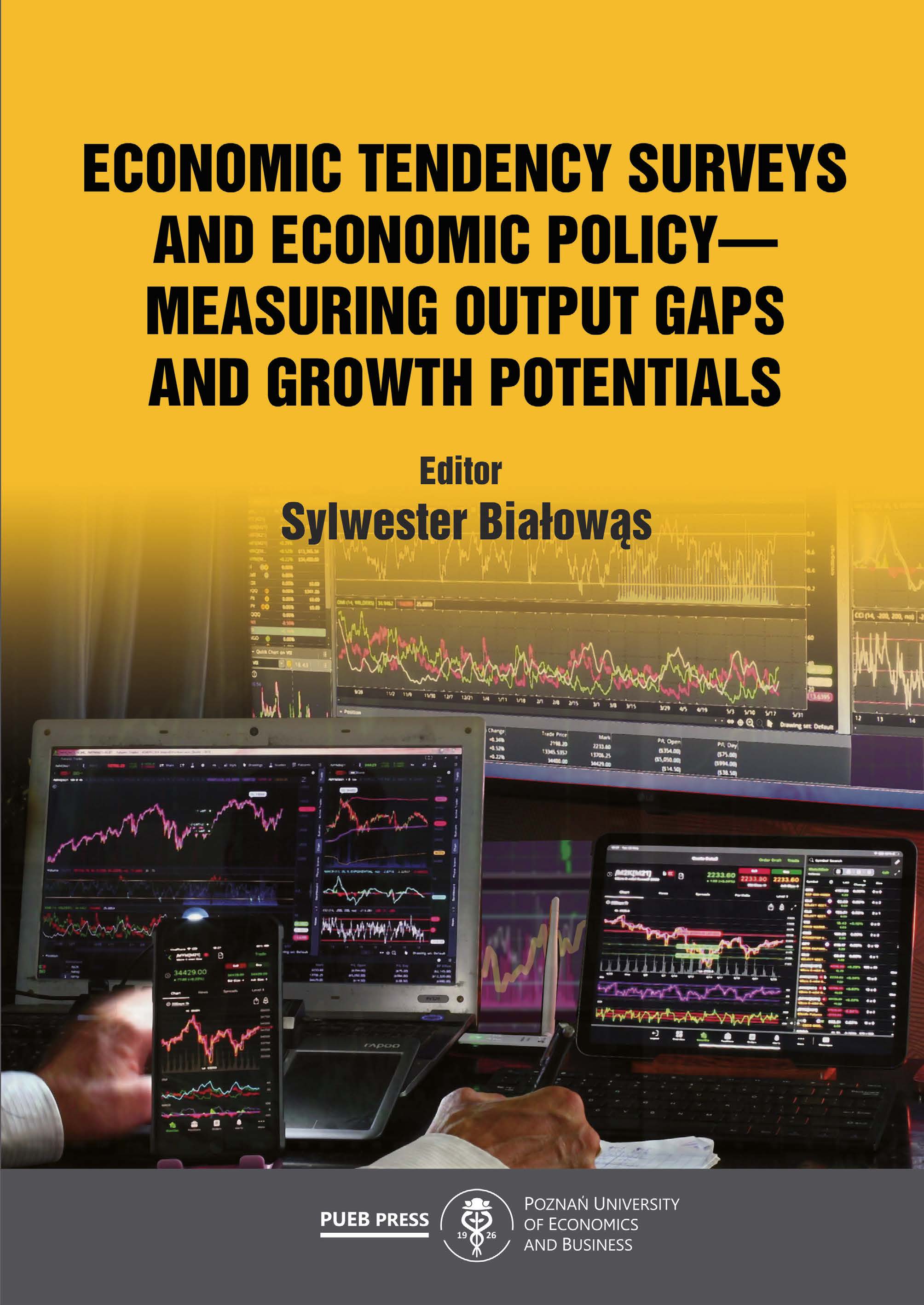Do survey responses in manufacturing fluctuate with business cycle? Evidence from Poland
Do survey responses in manufacturing fluctuate with business cycle? Evidence from Poland
Author(s): Emilia Tomczyk
Subject(s): Business Economy / Management, Micro-Economics, Economic policy, Sociology of the arts, business, education, Economic development
Published by: Wydawnictwo Uniwersytetu Ekonomicznego w Poznaniu
Keywords: business cycles;survey data;expectations;manufacturing industry
Summary/Abstract: As we are entering a post-SARS-CoV-2 slump in the economic activity, up-to-date analysis of the dynamics of economic phenomena during expansion and contraction phases of business cycles poses a very current and very important research problem for applied economists. In this paper, literature on dating Polish business cycles is briefly summarised, chronology of expansion and contraction phases is proposed on the basis of turning points established in previous research, and statistical properties of observed and expected changes in 8 fields of economic activity are presented and interpreted. It is found that during contraction phases, absolute values of balance statistics are both lower, as measured by mean and median, and less volatile, as measured by standard deviation, than during expansion phases. This finding suggests that, in hard times, enterprises are less likely to form opinions or expectations much different from the consensus. As far as the depth of the downturns is concerned, the contractions associated with the financial crisis of 2008–2009 and the second half of 2012 appear worse, both with respect to observed and expected changes, than the slowdown of 2000–2002. Generally, excessive volatility (high-standard deviations, as compared to measures of central tendency) is noted in expansion phases, more often for observed changes than in the case of forecasts. Lower uncertainty is visible in contraction phases, particularly the one associated with the financial crisis of 2008–2009. The results presented in this paper allow to suggest that the observed and expected balances tatistics of survey responses exhibit different statistical properties depending on the phase ofthe business cycle. This finding could assist future research concerning the impact of the SARSCoV-2 virus on the dynamics of economic activity.
Book: Economic tendency surveys and economic policy - measuring output gaps and growth potentials
- Page Range: 71-84
- Page Count: 17
- Publication Year: 2022
- Language: English
- Content File-PDF

